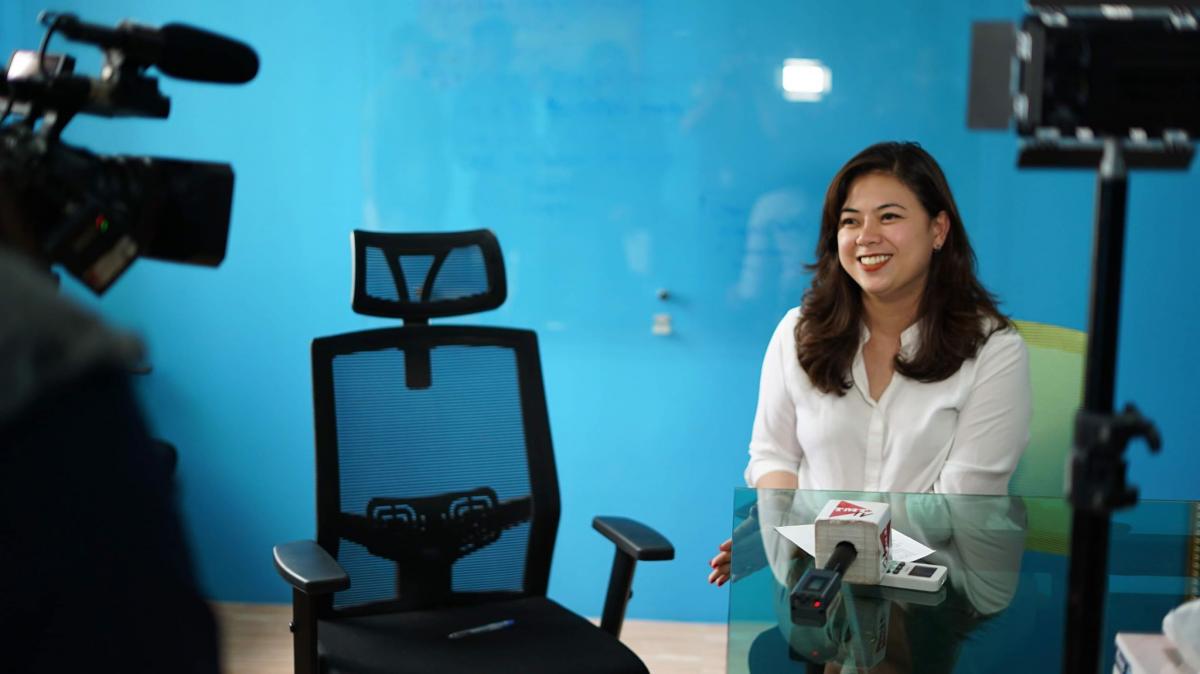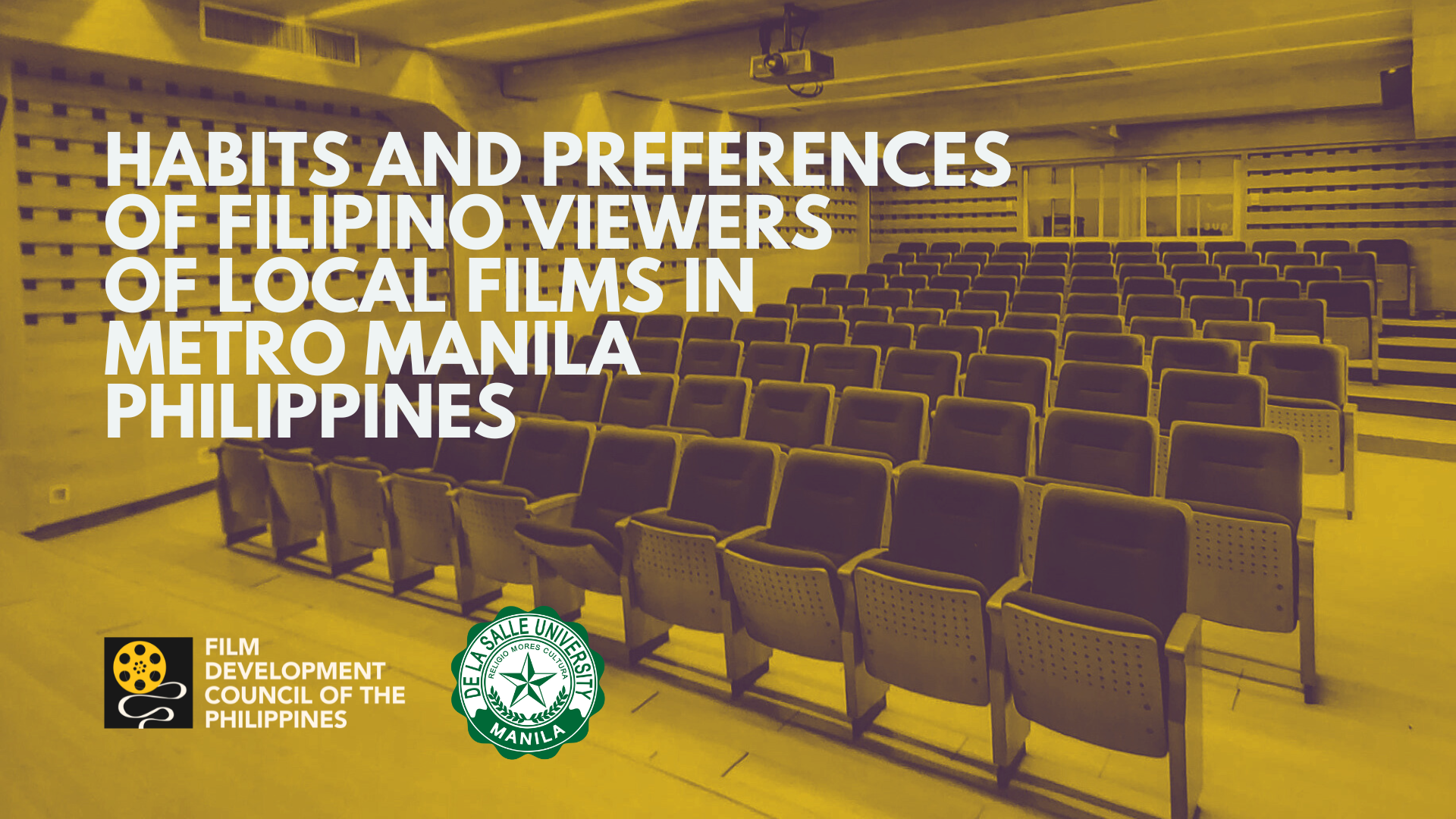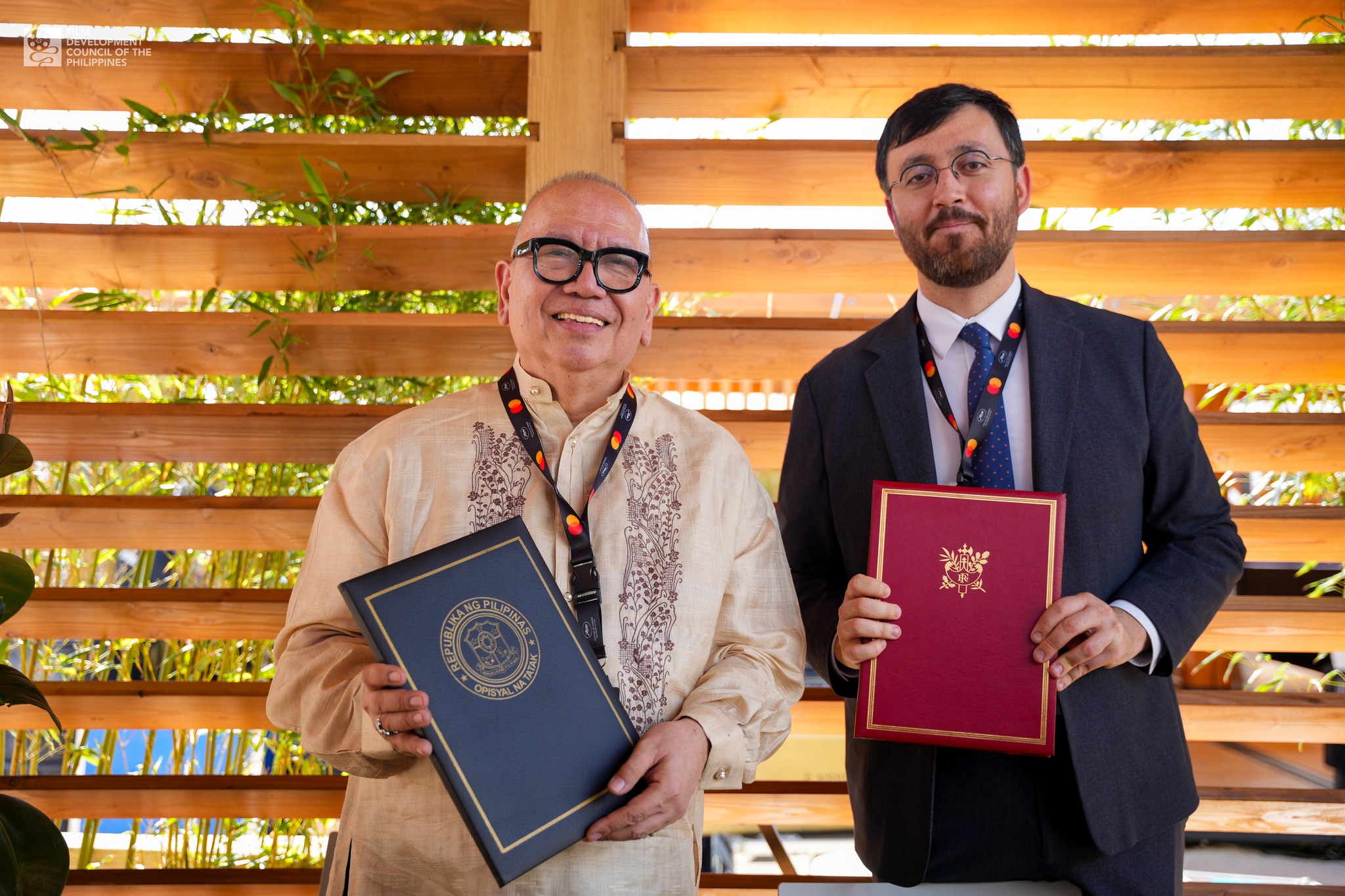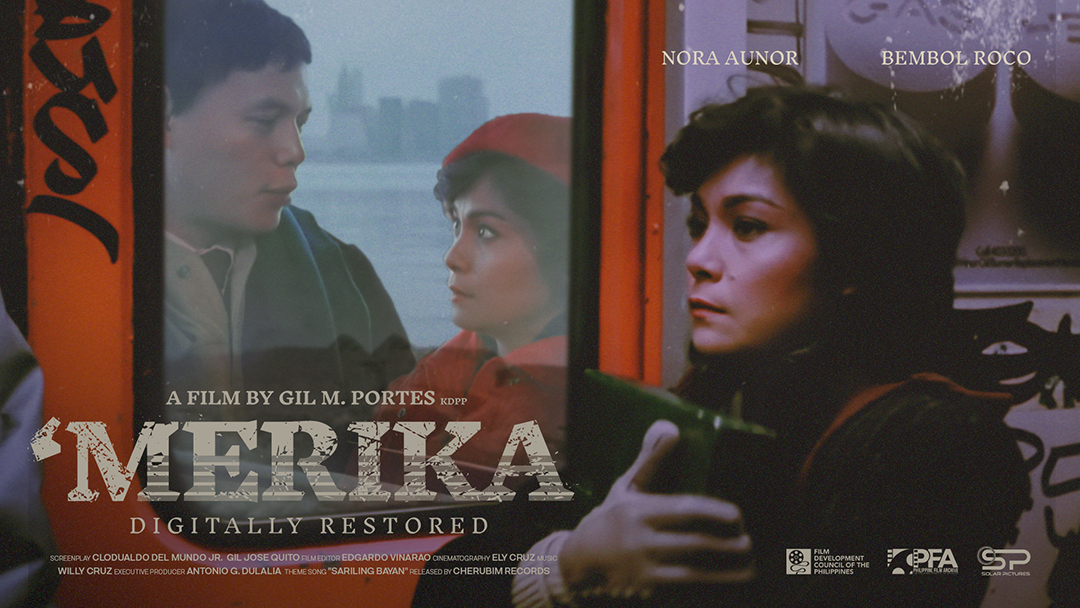What the new normal looks like for production shoots in PH

As we draw closer to the date of the lifting of the Enhanced Community Quarantine in the National Capital Region, the local audio-visual industry is becoming more restless. Some are excited, others are confused, while the rest are still scared.
With all these mixed emotions brought about by the quarantine, one thing is for sure: Everyone’s itching to pick up from where they left off and go back to normal. But what does “normal” mean now?
Despite the anticipation of the lifting of the quarantine, we know that things are not going to be the same again, at least not anytime soon.
“Normal” would take on a new meaning, given the circumstances we are all facing. And sooner than later, we must face the reality that we will soon be going back to work with this pandemic still hovering over us.
Last April 28, the Department of Health (DoH) released an Administrative Order mandating all National Government Agencies to develop and submit sector-specific plans and guidelines on the operationalization of the risk-based public health standards to the DoH.
These guidelines will be consolidated and endorsed by the Secretary of Health to the Inter-Agency Task Force (IATF) for the Management of Emerging Infectious Diseases related to coronavirus disease 2019 (Covid-19) and then cascaded to the local government units for implementation. Compliance by the various industries and the private sector to these guidelines will help the government mitigate the risks for the communities and their stakeholders.
Over the previous weeks, the Film Development Council of the Philippines (FDCP), the national government agency mandated to create policies for the audio-visual industry, has been conducting consultation meetings to get insights on how to resume production shoots while ensuring the safety of the professionals and workers.
Representatives from various sectors shared their perspectives about the situation and the struggle between the need to restart shooting and instilling stringent protocols to protect the health and safety of its workforce.
Producers raised the issue of economics. Films need to get back into production.
Guild representatives agree, but with that comes strict guidelines that must be set to ensure the safety of the workers. As unpredictable as the situation is, we have to deal with this new normal.
In response to this need, FDCP presented its initial policy proposal to set industry standards that can be instituted during production shoots. Basing it on the minimum requirements set by the DoH that they shared during our first stakeholders’ meeting and the current guidelines recommended by film commissions in other countries, we gave the industry an idea on what this “new normal” is going to look like. Further consultation with a technical working group was set to finalize these guidelines.
Just days ago, a latest resolution was passed by the IATF, officially including film and TV production shoots as part of the allowed activities conducted within areas in General Community Quarantine. With the resolution in effect, the final guidelines must be drafted as soon as possible to guide the industry on how to ensure safety within the circumstances.
In today’s column, I am sharing some of the provisions being discussed in the guidelines which are still in the consultative stage and may be subject to change and concurrence by the stakeholders and the government.
BEFORE THE SHOOT
- Every production company must adhere to all government health alert and public protocols, including movement/physical distancing restrictions.
- A maximum number of people on set must be limited to 50 people and below.
- Big crowd scenes requiring close physical proximity shall not be allowed.
- All workers – from talents to staff and crew as well as anyone attending the shoot – must provide to the production company (before the shoot date) their history of travel within the last four weeks including any contact with someone who has a confirmed or suspected case of Covid- 19.
- Any crew who has traveled to high-risk countries or has been in contact with individual/s with Covid-19 during those four weeks will not be allowed to participate in the shoot.
- Casting must be done remotely over video conferences or using self-tapes.
ON SET BEHAVIOR - HEALTH PRECAUTIONARY MEASURES
- A certified nurse must be present on set at all times.
- All shoot attendees must undergo temperature checks before entering the set by a certified on-set nurse.
- Anyone exhibiting mild or severe symptoms of Covid-19 is not permitted entry to the set. These include dry cough, fever and muscle pain.
- Any shoot attendee who feels unwell during the shoot must immediately report to the on-set nurse who must report to the production company producer.
- All guidelines and reminders must be posted on the shoot location, including bathrooms, make-up rooms, wardrobe area, etc.
- The number of crew on set must be kept to the minimum required.
- A skeletal workforce system must be utilized to limit numbers of cast and crew on set.
- Work should be coordinated so that only a minimum number of people are given access to a workspace at any one time.
- Call times should be staggered to prevent crowding on arrival to the set and that each department is given access at timed intervals.
- Everyone must be respectful of people’s personal space and must avoid hugging, touching or handshakes.
- Every person on set must observe a one-meter distance from each other.
- Everyone must practice coughing or sneezing into their elbow and using single-use tissues.
- The production company must provide face masks to its cast and crew.
- Staff and crew must wear specialized face masks such as N95 respirator masks or its equivalent throughout the shoot.
- Camera/s must be two meters away from a talent at all times.
- All holding areas for talents and crew must be set up outside, if possible, for better ventilation.
- Seating should be arranged in such a fashion as to promote distancing and minimize social interaction, especially during breaks.
- Interior spaces must have enough ventilation either through open windows or mechanical ventilation to reduce the risk of infection due to aerosol particles.
ON SET SANITATION AND HYGIENE
- Antibacterial solutions (alcohol and hand sanitizers) must be visible on the different parts of the set location, including workrooms, common areas, bathrooms, and other public places and must be used throughout the shoot by all workers.
- There must be handwashing areas on the set.
- All staff and crew must have “pocket” hand sanitizers to be applied frequently.
- The production must provide each shoot attendee a packet of tissues, and the venues must have proper disposal bins.
- Cleaning must be done throughout the shoot day, especially in common areas such as wardrobe and makeup rooms.
- When shooting in a studio, studios must have undertaken a “deep clean” before and after each shoot.
- Frequent cleaning of bathrooms must be observed throughout the shoot.
- Waste management removal must be carried out frequently throughout the shoot.
- Standby props must also be thoroughly cleaned before and in between takes.
- Props to be used for product consumption shots should undergo thorough cleaning and proper disposal.
- Vehicles to be hired for the crew and talents must undergo deep cleaning before use.
- Vehicle drivers must follow protocols of temperature and symptom checks.
- Any wardrobe to be used must be certified to have undergone deep cleaning before and after the shoot.
FOOD AND CATERING
- As a general rule, on-set catering should adhere to government guidelines regarding food service.
- Any person handling food should thoroughly wash their hands beforehand and wear gloves.
- All meals must be served in single-serve containers and distributed in such a fashion as to avoid surface contamination.
- All drinks must be in single-serve containers, i.e., water bottles and cans.
- Sit-down meals must be set up to have a one-meter distance between seats.
SCENE RESTRICTIONS
Because of the ban on mass gatherings, scenes (including the following examples) that constitute mass gatherings are restricted: a night club scene, church congregation, political demonstration, parades and festivities, sports, and any public tournaments, large concerts and championship games.
FDCP will be facilitating follow-up consultations with stakeholders to ensure the operability of these proposed guidelines and will need the support of all involved to tread the resumption of production shoots with utmost care and vigilance.
With the pandemic still looming above all of us pending the current lack of vaccine and mass testing, the adoption of stringent protocols may mean the difference between death and survival for all involved.
Undoubtedly, there are still several questions that need to be answered not just in the audio-visual industry but for the rest of the sectors in the country, and now more than ever, trust is paramount so we can protect and keep one another safe.
Notes from the Chair is part of the Filipino Champions section of The Sunday Times Magazine published by The Manila Times. Click HERE to view the article on The Manila Times website.





